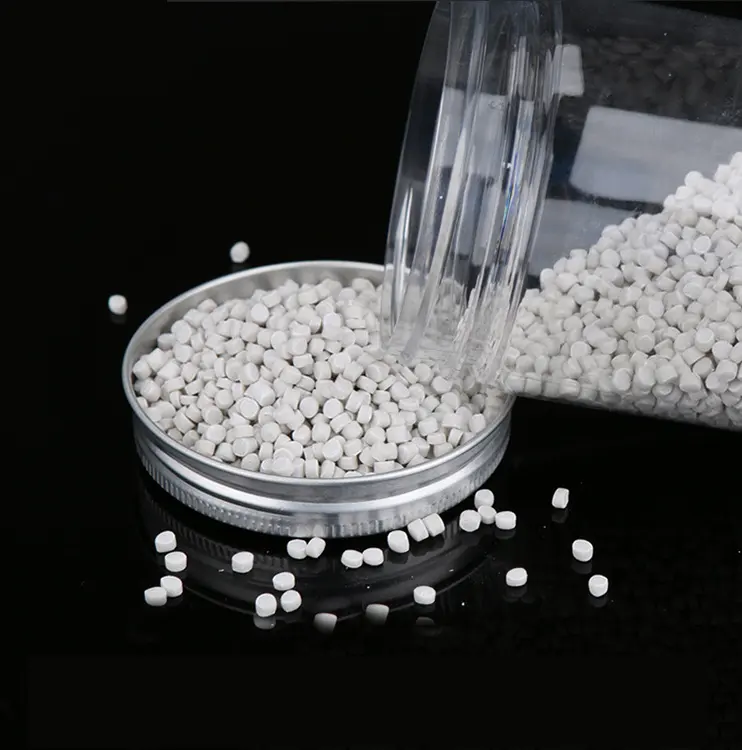The automotive industry is perpetually evolving, with continuous advancements in technology, materials, and design processes. As cars become more complex and sophisticated, so do the materials used in their manufacture. One such material that has made a significant impact is the masterbatch.
Masterbatch, acting as an active counterpart, constitutes a concentrated blend of pigments and/or additives enveloped in a carrier resin. During the plastics manufacturing process, it is utilized to economically color the raw polymer. Not only does it provide a cost-effective means of imparting color. But it can also add specific performance enhancements to materials.
Role of Masterbatch in the Automotive Industry
One of the main roles of masterbatches in the automotive industry is to provide color and aesthetic appeal to various parts of the vehicle. Masterbatches offer a uniform distribution of pigments and a strong depth of color. From exterior components like bumpers and mirrors to interior elements like dashboards and door panels. Masterbatches provide the necessary aesthetic appeal and durability.
For instance, masterbatches with UV stabilizers protect interior and exterior plastic parts from fading and cracking due to sunlight exposure. Similarly, flame retardant masterbatches increase the safety of vehicles by reducing the flammability of plastic parts.
Further, the use of additive masterbatches can improve the performance of plastic components. Adding properties like scratch resistance, impact modification, or anti-fogging. This allows for the creation of components with high mechanical strength, chemical resistance, or specific tactile properties.
The Future of Masterbatch in Automotive Applications
As vehicles become increasingly electrified, the demand for high-performance materials will only increase. Masterbatches play a critical role in this shift. For instance, the development of heat management masterbatches can help manage the temperature in battery packs for electric vehicles, thus enhancing their performance and life span.
The push for sustainability in the automotive industry also presents opportunities for masterbatch manufacturers. Biodegradable masterbatches, acting as active counterparts, can enhance the production of eco-friendly vehicles. They enable automotive manufacturers to design components that are easily recyclable or undergo natural degradation at the end of their life cycle.
In addition, the trend towards personalization in the automotive industry means there is a demand for a wider range of colors and effects. Masterbatches allow manufacturers to meet this demand in a cost-effective and efficient way.
Conclusion
Masterbatches play a vital role in the automotive industry, providing not just color and aesthetic appeal but also functional enhancements that improve performance, safety, and durability.As the industry continues to evolve towards more sustainable and personalized solutions, the significance of active counterparts like masterbatches is poised to further escalate.
Whether it’s for imparting color, enhancing UV stability, improving flame retardancy, or providing specific mechanical properties, masterbatches are integral to the production of modern vehicles. As the industry navigates its way towards electrification and sustainability, the versatility of masterbatches will prove to be indispensable.

